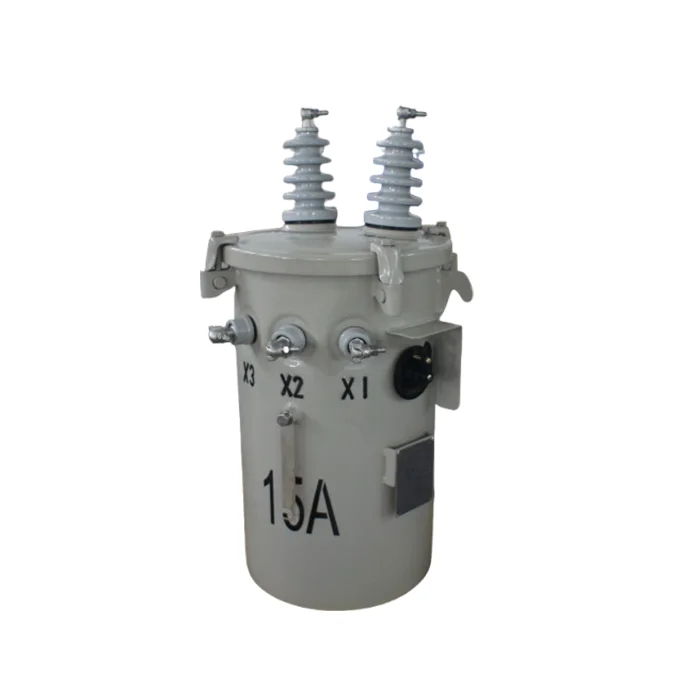Graphite, a unique form of carbon, stands out as one of the most versatile and intriguing materials in both natural and synthetic forms. Its exceptional properties make it invaluable across a multitude of industries, from electronics and energy storage to advanced materials and manufacturing. This article delves into the reasons behind graphite's special status, exploring its distinctive characteristics, applications, and the innovative technologies it influences.
- Unique Structural Properties Layered Crystal Structure
Graphite’s defining feature is its layered crystal structure. Each layer consists of carbon atoms arranged in a hexagonal lattice, creating a planar network with strong covalent bonds within the layers and weak van der Waals forces between them.
- Electrical Conductivity: The planar structure allows free movement of electrons within the layers, making graphite an excellent conductor of electricity. This property is fundamental in its use in batteries, fuel cells, and various electronic components.
- Lubrication: The weak forces between the layers enable them to slide easily over one another, providing low friction. This makes graphite an effective lubricant in machinery and various mechanical systems. Thermal Conductivity
Graphite exhibits remarkable thermal conductivity due to the strong covalent bonds between carbon atoms within the layers. This property is crucial for:
- Heat Dissipation: In electronic devices and high-temperature applications, graphite effectively manages and dissipates heat, preventing overheating and enhancing performance.
- Thermal Stability: Graphite maintains its structure and properties even at elevated temperatures, making it suitable for use in high-temperature environments like aerospace and industrial processes.
- Chemical and Physical Resilience Chemical Inertness
Graphite is chemically inert, which contributes to its versatility in various applications:
- Corrosion Resistance: Its stability in the presence of most acids and bases makes it ideal for use in corrosive environments, such as in chemical processing industries.
- Reactivity: The inertness of graphite ensures that it does not react with many chemicals, preserving the performance and longevity of products in which it is used. Mechanical Properties
Despite its layered structure, graphite displays impressive mechanical properties:
- Compressive Strength: Graphite can withstand significant compressive forces, making it valuable in applications that require pressure resistance.
- Flexibility: The ability of graphite layers to slide over each other provides flexibility, allowing it to be used in various forms including sheets, powders, and composites.
- Applications Across Industries Electronics and Energy Storage
Graphite’s electrical conductivity and thermal properties are pivotal in:
- Batteries and Supercapacitors: Used as an anode material in lithium-ion batteries and other energy storage devices, graphite enhances energy density and performance.
- Electrical Contacts: Its conductivity makes it suitable for electrical contacts and connectors, ensuring reliable performance in electronic devices. Metallurgy and Manufacturing
Graphite’s thermal and chemical properties make it essential in:
- Metallurgical Processes: Used in high-temperature applications such as smelting and casting, where its stability and heat resistance are critical.
- Lubricants and Greases: Its friction-reducing properties make graphite an effective component in lubricants and greases, reducing wear and tear in machinery. Advanced Materials and Composites
Graphite’s versatility extends to:
- Graphene: A single layer of graphite, graphene possesses extraordinary strength and conductivity, driving innovations in flexible electronics, advanced coatings, and high-strength materials.
- Composites: Graphite is incorporated into various composites to enhance their mechanical properties and performance, used in aerospace, sports equipment, and automotive industries.
- Innovative Technologies and Research Emerging Technologies
- Nanotechnology: Research into nanoscale graphite materials, including graphene and carbon nanotubes, is expanding their potential applications in fields such as medicine, electronics, and renewable energy.
- Sustainability: Efforts are underway to improve the sustainability of graphite production and recycling, ensuring that its benefits are realized in an environmentally friendly manner.
- Conclusion
Graphite’s special status is attributed to its unique combination of electrical and thermal conductivity, chemical inertness, and mechanical properties. Its versatility spans numerous applications, from traditional uses in lubricants and batteries to advanced technologies involving graphene and carbon composites. Understanding the extraordinary properties of graphite highlights why it remains a material of choice across various industries and continues to drive innovations in technology and material science.




